Laser engraving on leather produces unique and customized items that are both functional and aesthetically pleasing. However, the process often leaves residue that needs to be cleaned to maintain the item’s appearance and longevity. This comprehensive guide offers detailed instructions on effectively cleaning laser-engraved leather, preserving its captivating allure for years to come.
Why Clean Leather After Laser Engraving?
After laser engraving, leather can have a burnt or discolored appearance. Not only does this affect the aesthetic appeal of the product, but it can also cause potential damage to the leather if left uncleaned. Additionally, any debris or residue from the engraving process can lead to discoloration or staining over time.
The Importance of Proper Cleaning Techniques
Properly cleaning leather after laser engraving is essential for maintaining the quality and longevity of the material. Failure to do so can result in permanent damage, such as discoloration or fading of the leather. [1]
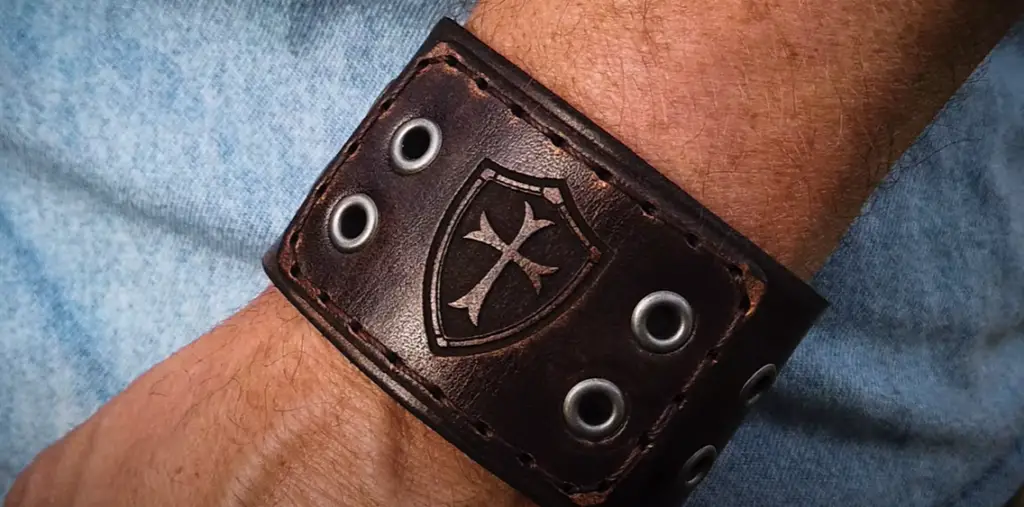
Types of Leather Suitable for Laser Engraving
Not every type of leather is suitable for laser engraving. It is crucial to choose a high-quality, genuine leather that is specifically designed for this purpose. By doing so, you can ensure optimal results and precision in your laser engraving projects. These types of leather have a smooth surface and are able to withstand the heat and intensity of the laser without damaging or distorting the material.
Recommended Cleaning Products
When cleaning leather after laser engraving, it is crucial to use gentle and specially formulated products designed for leather. Avoid harsh chemicals or abrasive cleaners as they can strip the leather of its natural oils and cause damage. Instead, choose a gentle leather cleaner or saddle soap to ensure optimal care and preservation.
Factors to Consider Before Cleaning
Before cleaning leather after laser engraving, there are a few factors to consider. Firstly, make sure to wait until the leather is completely cool before attempting to clean it. Additionally, check with the manufacturer or supplier of your leather for any specific cleaning instructions or recommendations.
Cleaning Process Step-by-Step
- Begin by delicately clearing away any substantial debris or residue present in the engraved area using a soft, dry cloth.
- Apply a small quantity of leather cleaner or saddle soap onto a clean, damp cloth. Gently wipe the engraved area in a circular motion.
- Thoroughly rinse the cloth and proceed to wipe until all dirt and residue have been completely eliminated.
- Employ a distinct, moist cloth to thoroughly rinse off any residual soap or cleaner from the leather surface.
- Gently pat the leather dry with a clean, dry cloth.
- Ensure that the leather is fully air-dried before using or storing it to maintain its optimal condition.
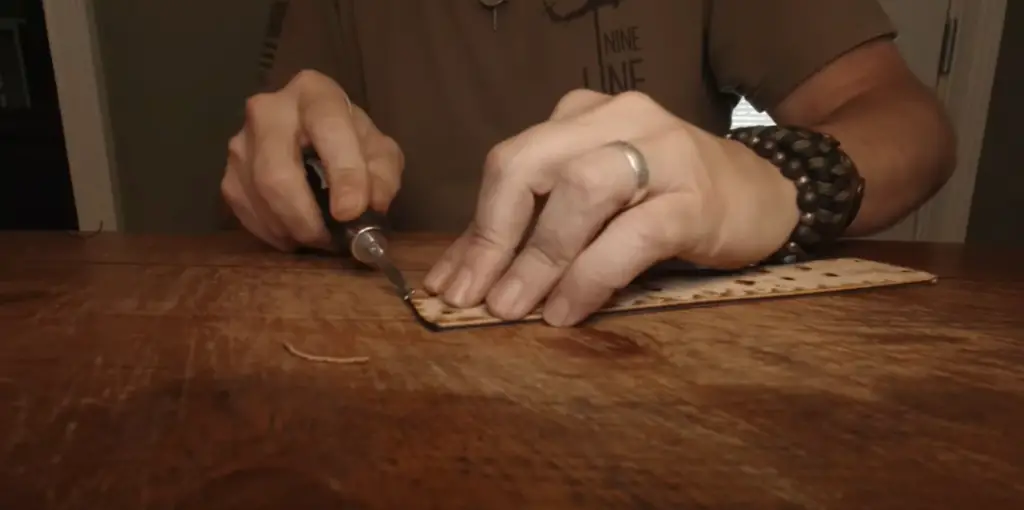
Other Tips for Maintaining Leather After Laser Engraving
- Avoid exposing laser engraved leather to direct sunlight or heat sources as they can cause fading and cracking over time.
- Apply a leather conditioner after cleaning to help restore any natural oils and keep the leather soft and supple.
- Store laser engraved leather in a cool, dry place to prevent moisture damage.
- Regularly clean and condition your leather products to maintain their appearance and durability.
How to Clean with a Damp Cloth?
Cleaning with a damp cloth is a simple and effective method for removing dirt and residue from laser engraved leather. To clean with a damp cloth, follow these steps:
- Dampen a clean cloth with water.
- Wipe the engraved area in a circular motion, applying gentle pressure as needed.
- Rinse the cloth frequently to avoid spreading dirt or residue.
- Once the area is clean, use a separate damp cloth to rinse off any remaining dirt or residue.
- Gently pat dry with a clean, dry cloth. [3]
Removing Stains from Leather
If your laser engraved leather has a stubborn stain, there are a few methods you can try to remove it.
- For light stains, mix equal parts water and white vinegar and lightly dab the stained area with a cloth. Rinse off with a clean damp cloth and pat dry.
- For tougher stains, apply a small amount of mild soap or detergent directly onto the stained area and gently scrub with a soft-bristled brush. Rinse off with a clean, damp cloth and pat dry.
- For oil-based stains, sprinkle cornstarch or talcum powder onto the stain and let it sit for several hours before brushing it off and wiping away any remaining residue.
If the stain persists, it is best to take your leather product to a professional cleaner for further treatment.
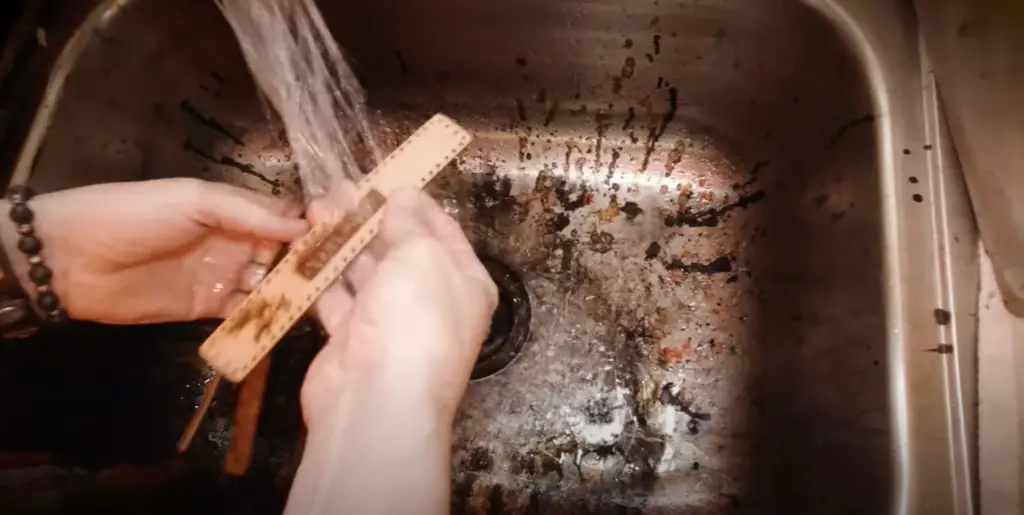
Preventing Damage to Laser Engraved Leather
Leather is a durable and versatile material, making it popular for various applications such as clothing, accessories, and furniture. Laser engraving has become a popular method of customization on leather products due to its precision and versatility. However, laser engraving can also cause damage to the leather if not done correctly.
One of the most common issues with laser engraved leather is discoloration or burn marks. This can happen due to the high heat generated by the laser, which can scorch the leather surface. It is essential to take preventive measures to avoid such damage and ensure a clean and professional-looking engraving.
Tips for Cleaning Leather After Laser Engraving
- Use a gentle cleaning solution: Avoid using harsh chemicals or solvents on the laser engraved leather as it can damage the surface and fade the engraving. Instead, use a mild soap or leather cleaner to gently remove any dirt or residue.
- Dampen a soft cloth: Use a soft cloth dampened with water or cleaning solution to wipe down the engraved leather surface. Make sure not to soak the leather as excessive moisture can cause discoloration or warping.
- Gently wipe the engraving: When cleaning the engraved areas, be careful not to scrub too hard as it can damage the delicate details of the engraving. Use gentle circular motions to remove any dirt or residue.
- Dry with a clean cloth: After cleaning, use a dry and clean cloth to gently pat and dry off any excess moisture on the leather surface. Make sure not to rub vigorously, as it can cause damage or smudging of the engraving. [4]
Preventive Measures for Laser Engraved Leather
- Use proper laser settings: The key to preventing damage to leather during laser engraving is using the correct settings for your machine. Adjust the power and speed settings according to the thickness and type of leather to avoid excessive heat and scorching.
- Test on a sample piece: It is always a good idea to test the laser settings on a scrap piece of leather before engraving on the final product. This will help you determine the optimal settings for your material and prevent any potential damage.
- Protect delicate areas: If you are engraving on a leather product with delicate areas, such as stitching or zippers, use masking tape to cover those areas. This will prevent any accidental damage or discoloration during the engraving process.
By following these tips and preventive measures, you can ensure a clean and professional-looking laser engraved leather product without any damage. Regular cleaning and maintenance of laser engraved leather items will also help prolong their lifespan and maintain the quality of the engraving. Remember to always handle leather with care, and follow the appropriate steps to prevent any damage during laser engraving. So next time you are planning on using laser engraving on leather, keep these tips in mind for a flawless finish!
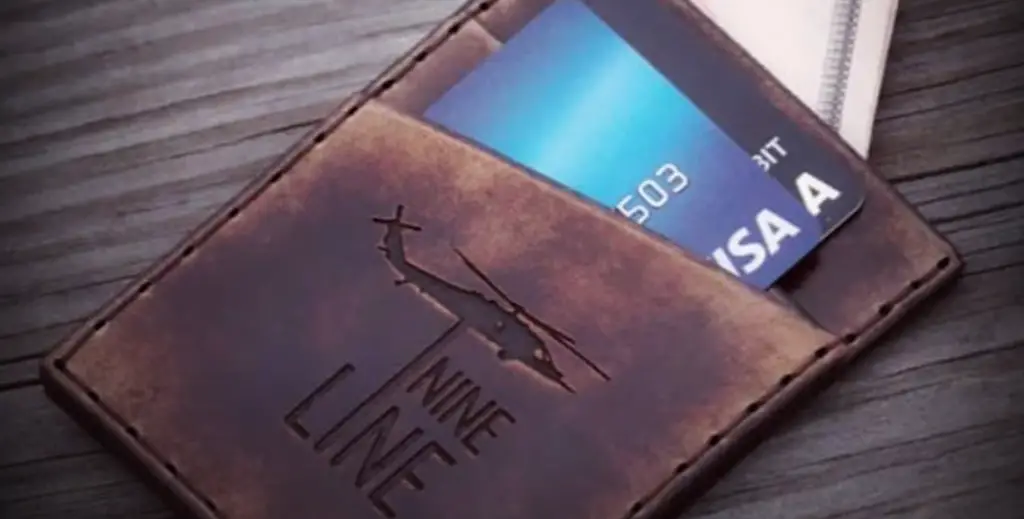
Is Leather Safe to Laser Engrave?
There is often a concern about whether leather is a safe material to laser engrave due to the potential for harmful chemicals being released during the process. However, as long as you are using high-quality genuine leather and taking proper safety precautions, it is generally considered safe to laser engrave.
It is important to note that some synthetic or imitation leathers may contain harmful chemicals that can release toxic fumes during laser engraving. It is always best to use genuine leather from a reputable source to ensure the safety of both yourself and the environment.
Additionally, following proper ventilation guidelines and wearing protective gear, such as a mask and gloves, can further reduce any potential risks associated with laser engraving on leather. As long as you are using quality materials and taking necessary precautions, you can safely and effectively laser engrave on leather.
Should You Wet Leather Before Laser Engraving?
Wetting leather before laser engraving is a common practice that many people swear by. Wetting the leather can help prevent scorching or burning during the engraving process as it acts as a heat sink, drawing heat away from the engraved area.
Ultimately, the decision to wet leather before laser engraving depends on personal preference and the type of leather being used. It is always best to test on a scrap piece first and adjust accordingly to achieve the desired results. So whether you choose to wet or not, remember to always prioritize safety and take necessary precautions when laser engraving on leather. [5]
Do You Polish Before or After Engraving?
When it comes to laser engraving on leather, one common question that is often asked is whether you should polish the leather before or after engraving. The answer may vary depending on personal preference and the desired outcome.
Before Engraving: Pros and Cons
Some people prefer to polish their leather before engraving as it can help create a smoother surface for the laser to work on. This can result in a cleaner and more precise engraving, especially if the leather has any imperfections or blemishes.
However, polishing before engraving can also have its drawbacks. If the polish is not completely removed from the surface, it can interfere with the laser’s ability to penetrate the leather and create an even engraving. Additionally, some polishes may emit harmful fumes when exposed to high temperatures, which can be a safety hazard for both the operator and the machine.
After Engraving: Pros and Cons
On the other hand, polishing after engraving may produce different results. By removing any charred or discolored areas caused by the laser, polishing can help enhance the contrast and readability of the engraving. It can also give the leather a glossy finish, adding to its overall aesthetic appeal.
However, polishing after engraving may not completely remove all imperfections or blemishes on the leather’s surface. This can result in an uneven or less precise engraving, especially if the leather is heavily textured.
Finding the Right Balance
Ultimately, whether you choose to polish before or after engraving will depend on your pers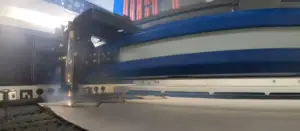 onal preference and the desired outcome. Some leather crafters may prefer to polish before engraving, while others may prefer to do it afterwards. It is important to experiment and find the right balance that works best for you.
onal preference and the desired outcome. Some leather crafters may prefer to polish before engraving, while others may prefer to do it afterwards. It is important to experiment and find the right balance that works best for you.
In addition, it is crucial to use safe and high-quality polishing products that are specifically designed for use on leather. These products should be non-toxic and safe to use with laser machines.
FAQs
What cleaning products are safe to use on leather post-engraving?
It is best to use mild soap or leather cleaner to avoid damaging the surface or fading the engraving. Avoid using harsh chemicals or solvents.
Can I use a hairdryer to dry the engraved leather?
It is not recommended to use a hairdryer as it can cause damage or smudging of the engraving. Instead, gently pat and dry with a clean cloth to avoid any potential damage. Overall, it is important to handle leather with care and use the appropriate cleaning methods to maintain the quality of laser engravings.
How soon after engraving can I clean my leather item?
It is best to wait at least 24 hours before cleaning the engraved leather to allow the material to settle and avoid any potential damage. However, if the surface has dust or debris, gently wipe it off with a soft cloth. As always, be mindful of using gentle motions and avoiding excessive moisture on the leather surface. Ensuring proper care and handling will
Are there any specific cleaning techniques recommended for engraved leather?
Yes, it is recommended to use circular motions when cleaning the engraved areas and to be gentle with scrubbing or rubbing. Additionally, make sure to avoid excessive moisture and dry the leather surface properly after cleaning. Follow these techniques to maintain a clean and quality laser engraved leather product.
Can I use water to clean the ash residue from laser engraving?
It is not recommended to use water as it can cause discoloration or warping of the leather surface. Instead, use a soft cloth dampened with mild soap or leather cleaner to gently remove any ash residue from the engraving process. Always remember to handle leather delicately and avoid using harsh cleaning methods that can potentially damage the material.
What are the risks of not properly cleaning leather after laser engraving?
If leather is not cleaned and cared for properly after laser engraving, it can result in discoloration or damage to the surface. This can affect the overall appearance and quality of the engraving, leading to unsatisfied customers or potential rework costs. It is important to follow proper cleaning techniques and prevent any potential damage to ensure a flawless finish on laser engraved leather products.
Should I use a professional leather cleaning service after engraving?
It is not necessary to use a professional leather cleaning service after engraving, as long as you follow proper cleaning techniques and take preventive measures during the engraving process. However, if you are unsure or uncomfortable with cleaning the engraved leather yourself, it is always an option to seek professional help. Just make sure to communicate any specific instructions or concerns regarding the engraving to ensure the best results. Overall, proper cleaning and maintenance of laser engraved leather products can be done at home with the right techniques and precautions.
Can household items be used to clean leather after engraving?
Yes, household items such as mild soap or leather cleaner can be used to clean engraved leather. Just make sure to avoid using harsh chemicals or solvents that can potentially damage the material. It is also important to test on a small area first before applying it on the entire surface.
Useful Video: Leather laser cutting and engraving.
Conclusion
Laser engraving can create beautiful and professional designs on leather products, but it is important to also take care of the material after the process. Using proper settings, testing on a sample piece, and protecting delicate areas are all key factors in preventing damage during engraving. Afterwards, gentle cleaning techniques and preventive measures can help maintain the quality of the engraving and prolong the lifespan of the leather item. Remember to handle leather delicately and avoid using harsh cleaning methods, as these can potentially damage the material and affect the appearance of the engraving. By following these tips, you can ensure a flawless finish on all your laser engraved leather products.
So go ahead and create stunning designs on leather with confidence, knowing that you have all the necessary knowledge and techniques to clean and maintain the quality of your laser engravings.
References:
- https://www.mimowork.com/news/how-to-clean-leather-after-laser-engraving/
- https://forum.snapmaker.com/t/laser-engraving-on-leather/14596
- https://sawmillcreek.org/showthread.php?186029-Engraving-Leather-amp-Cleaning
- https://thisanswer.com/how-do-you-clean-laser-engraved-leather/
- https://leatherworker.net/forum/topic/96490-finishing-laser-engraved-leather/

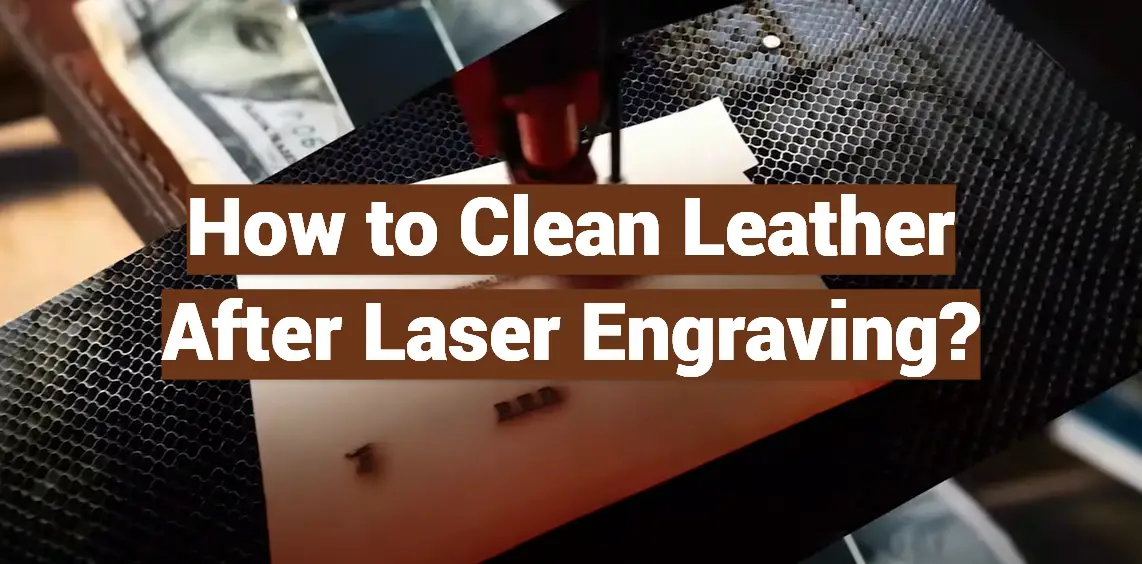

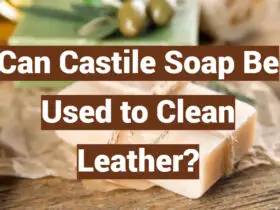
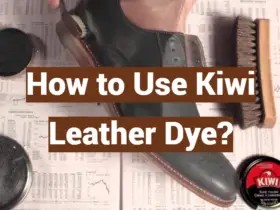
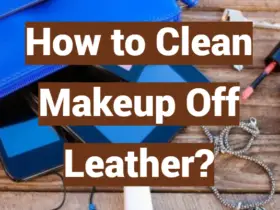

Leave a Reply